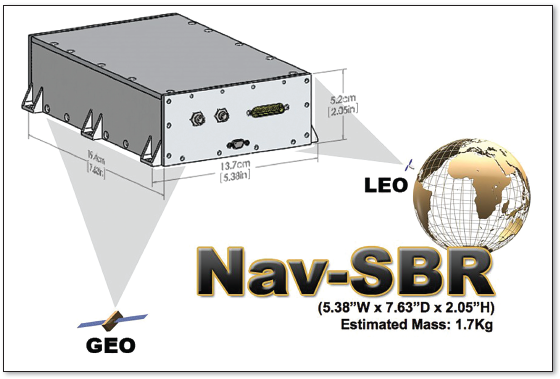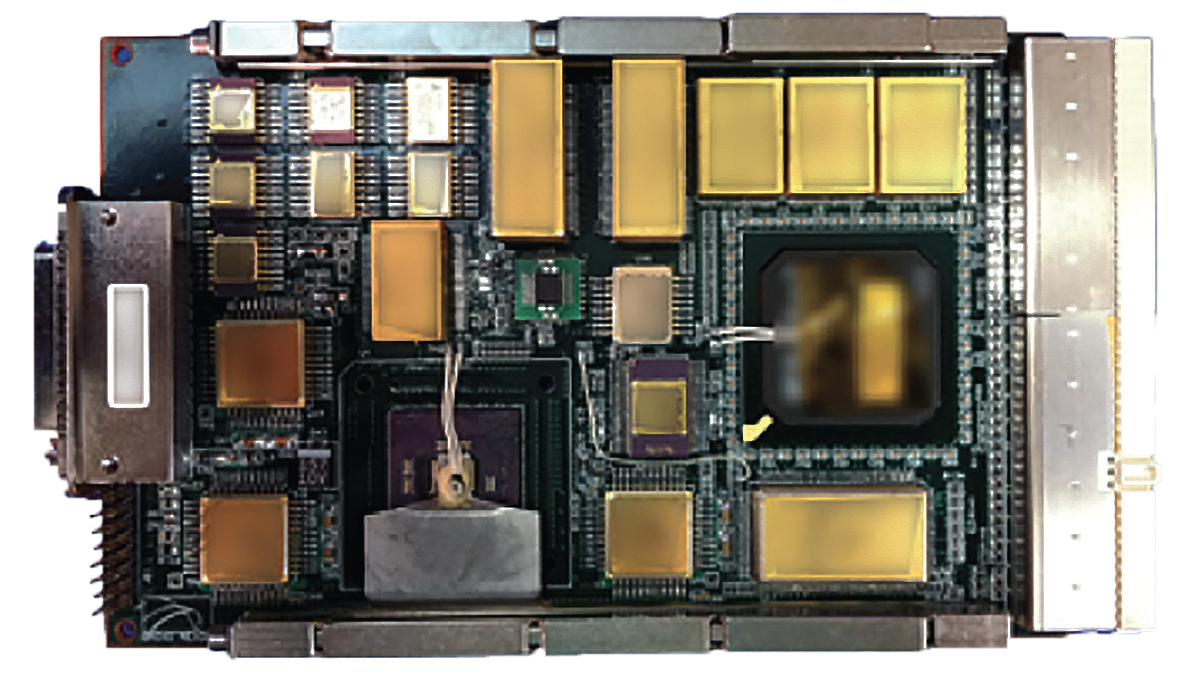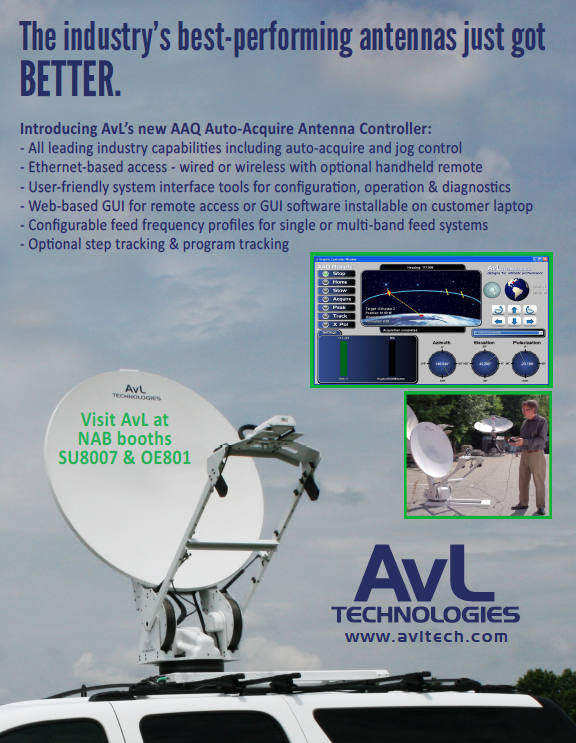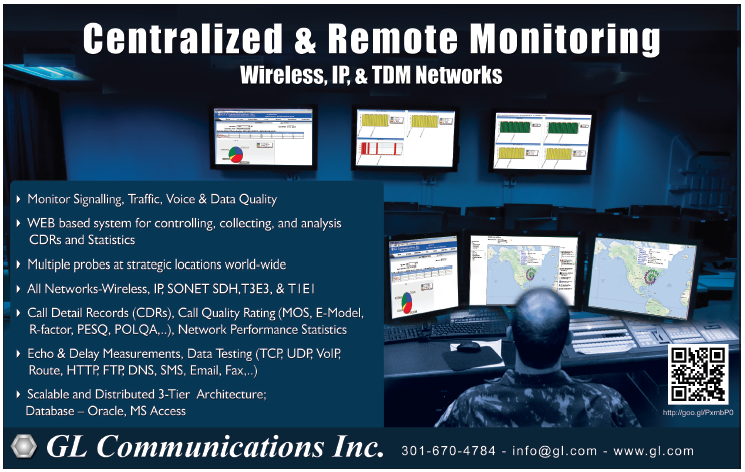Determining where you are in the world, in most cases, is simply a matter of tapping a map on your mobile device. That convenience comes courtesy of the U.S. Department of Defense Global Positioning System (GPS), a network of 24 satellites orbiting about 20,200 kilometers above Earth.

While GPS receivers have become ubiquitous on mobile phones as well as satellites occupying Low Earth Orbit (LEO), GPS receivers remain novelties for geostationary orbit (35,700 kilometers above the Earth) as GEO satellites must track weak GPS signals. The signal is weak, in part, because the GPS beams its signal toward Earth. In some cases, satellites orbiting above the GPS constellation will rely on more expensive technologies for tracking their position via Earth-based systems. However, that scenario is changing.
Radio Occultation Sparks Commercialization
In 1998 at NASA’s Jet Propulsion Laboratory (JPL), researchers began exploring the development of a new class of GPS space receivers dubbed BlackJack. The science behind BlackJack involved radio occultation, which measures the properties of a planet’s atmosphere by detecting changes in a radio signal.
Based on its work on BlackJack, JPL produced GPS radio occultation receivers for six microsatellites named the Constellation Observing System for Meteorology, Ionosphere and Climate (COSMIC). Creating the receivers was a joint effort between JPL and Moog Broad Reach Engineering. Moog enhanced the BlackJack technology by adding an internal redundancy feature and internal mass memory. After building the new receivers for COSMIC, Moog signed a licensing agreement with NASA that extends through 2017. The work on COSMIC and the joint agreement led Moog to commercialize a new product called the Integrated GPS Occultation Receiver, or IGOR.
Since developing the IGOR GPS receivers for COSMIC, Moog has also put the technology into orbit on: Brazil’s LATTES, Germany’s Tandem-X and TerraSAR-X, the U.S. Air Force Research Laboratory’s TASCAT-2, and South Korea’s KOMPSAT-5.
In 2009, Moog engineers were working on a U.S. government contract for a mission designed for GEO. The customer wanted GPS receiver technology. Moog, in turn, approached the NASA Goddard Space Flight Center (GSFC), where a team of engineers were developing a new GPS receiver that could acquire and track weak GPS signals projected into GEO.
Goddard named the new technology the Navigator GPS receiver. Goddard’s team built the Navigator GPS receiver specifically for space missions above the GPS constellation. Through a technology transfer with GSFC, Moog then developed a product called the Navigator single-board GPS receiver (NAV-SBR).
NAV-SBR is the evolution of a partnership with NASA GSFC to commercialize the Navigator receiver technology, which is capable of operation at LEO and GEO. The NAV-SBR offers a small (i.e., the receiver is the size of a single 3U form-factor card, hence the name), compact, low-power implementation of the technology that provides military and civilian customers with a single solution for any orbit.
Moog had been working with GPS receivers for many years. The engineering know-how that came from the BlackJack GPS and IGOR GPS receivers grew into a second line of receivers through cooperation with JPL called TriG RO. The TriG RO receivers are known as science-grade technology, suitable for fields of study in which scientists employ radio occultation. Engineers based the TriG RO software on a combination of the operational COSMIC software and new software developed by JPL.
By building on the successful technology transfer of the Blackjack GPS, Moog was able to perform a second technology transfer, which led to the development of NAV-SBR. Moog engineers streamlined the processing and got even more power and fidelity out of the receiver by using software in a fashion that other organizations were not thinking of at the time, all with a view toward commercializing the technology.
A Competitive Difference in Position
The work on the NAV-SBR has made it possible for a wider array of satellite owners to employ GPS receivers for LEO and GEO. However, an Internet search can offer any number of GPS receivers that are available to satellite builders. However, none are purposely built for operation in geostationary orbit.
Some makers of GPS receivers note an ability to track at GEO, but there are caveats. For example, some GPS receivers track only the GPS constellation’s main lobes, or main beam emanating from the GPS constellation, and not the side lobes. Practically speaking, there are fewer main lobes than side lobes and a GPS receiver that captures only signals from a main lobe would have to rely on an orbit propagator.
The key difference between the NAV-SBR and other GPS receivers has to do with how adroitly the technology acquires the GPS signal. NAV-SBR employs weak signal acquisition and tracking technologies to quickly acquire strong GPS signals at LEO and GEO and capture weak side-lobe signals at GEO. With the ability to track side-lobe signals equally well, NAV-SBR can track as many as ten satellites in GEO.
The NAV-SBR also incorporates the Global Positioning System Enhanced Onboard Navigation System (GEONS) software package, which provides filtered navigation solutions and orbit propagation. While one other receiver on the market offers GEONS capability, that product relies on external processing to run the package. NAV-SBR incorporates the software package in the receiver versus relying on an external processing capability as the host.

Moog’s TriG RO Processor Board.
The extremely fast acquisition of weak signals by the NAV-SBR also allows cold-start at LEO or GEO, simplifying on-orbit operations by eliminating the need for ground intervention to “seed” the receiver.
For example, the time required for the receiver to acquire satellite signals and navigation data and to calculate a position is less than one minute for LEO, and less than 10 minutes at GEO. By making use of GEONS, NAV-SBR can significantly reduce navigation errors by up to a factor of ~15 in position and a factor of ~50 in velocity, when compared to traditional unfiltered point solutions. GEONS also produces highly accurate orbit estimations even when only one GPS satellite is visible, and can accurately propagate orbits in the complete absence of GPS measurements.
The NAV-SBR has been shown in simulation to achieve LEO accuracies of 1.0 m in position and 1.0 cm/sec in velocity, while GEO accuracies are shown to be 10.0 m in position and 0.2 cm/sec in velocity (all one sigma, exclusive of user equivalent range error (UERE)).The NAV-SBR also employs radiation-tolerant design techniques and components in contrast to some of the “quantified” commercial receivers in use.
NAV-SBR’s weak-signal acquisition and tracking technology owes its origin to the team at GSFC. Although GEONS is a software package that may be licensed, a GPS receiver must have the processing horsepower to provide a benefit to the solution a customer has in orbit. For instance, the NAV-SBR processor speed runs the GEONS filter once every 10 seconds; the processor used in the Goddard GPS receiver runs the same filter every 30 seconds. The difference in speed enables real-time, once-per-second position output with no need for post-processing. The fidelity of this real-time solution is comparable to the post-processed data of other receivers.
Lower Cost, Higher Orbit
The NAV-SBR receiver could enable, for example, a contractor working on a government program to access the GPS reliably at GEO for less cost. Military agencies can reduce cost by relying on the NAV-SBR receiver to position satellites in GEO. And commercial enterprises can fly the NAV-SBR at GEO and find their way onto one of the bigger busses.
The NAV-SBR receiver’s incorporation of GEONS is a perfect solution for station keeping, or even launching, a more scalable satellite constellation architecture that could result in the sale of more bandwidth. NAV-SBR could even be an enabling technology just like it has been for LEO satellites.
Looking ahead, Moog engineers are focusing on the next generation of GPS receivers which they’ve named Pyxis. Pyxis promises more capability and multi-frequencies and will leverage the lessons learned from working on the commercialization of JPL and GSFC technologies.
Moog’s Broad Reach infosite: http://www.broadreachengineering.com/
Brian Giesinger is a Senior Avionics Engineer at Moog Broad Reach. Brian has been with Moog Broad Reach since 2002 and has been involved with all of Moog Broad Reach’s GPS receiver programs. Brian was a part of the successful technology transfers for the JPL BlackJack and TriG receivers, as well as the transfer of the Goddard Navigator receiver technology.
Igor Lazbin is a Senior Staff Spacecraft Guidance Navigation and Control Engineer at Moog Broad Reach. Igor has been with Moog Broad Reach since 2006 and was involved in the technology transfer of the Navigator GPS receiver technology from NASA Goddard. Igor has been involved in all aspects of spacecraft GN&C system development and worked on a number of spacecraft with civilian and military applications.



